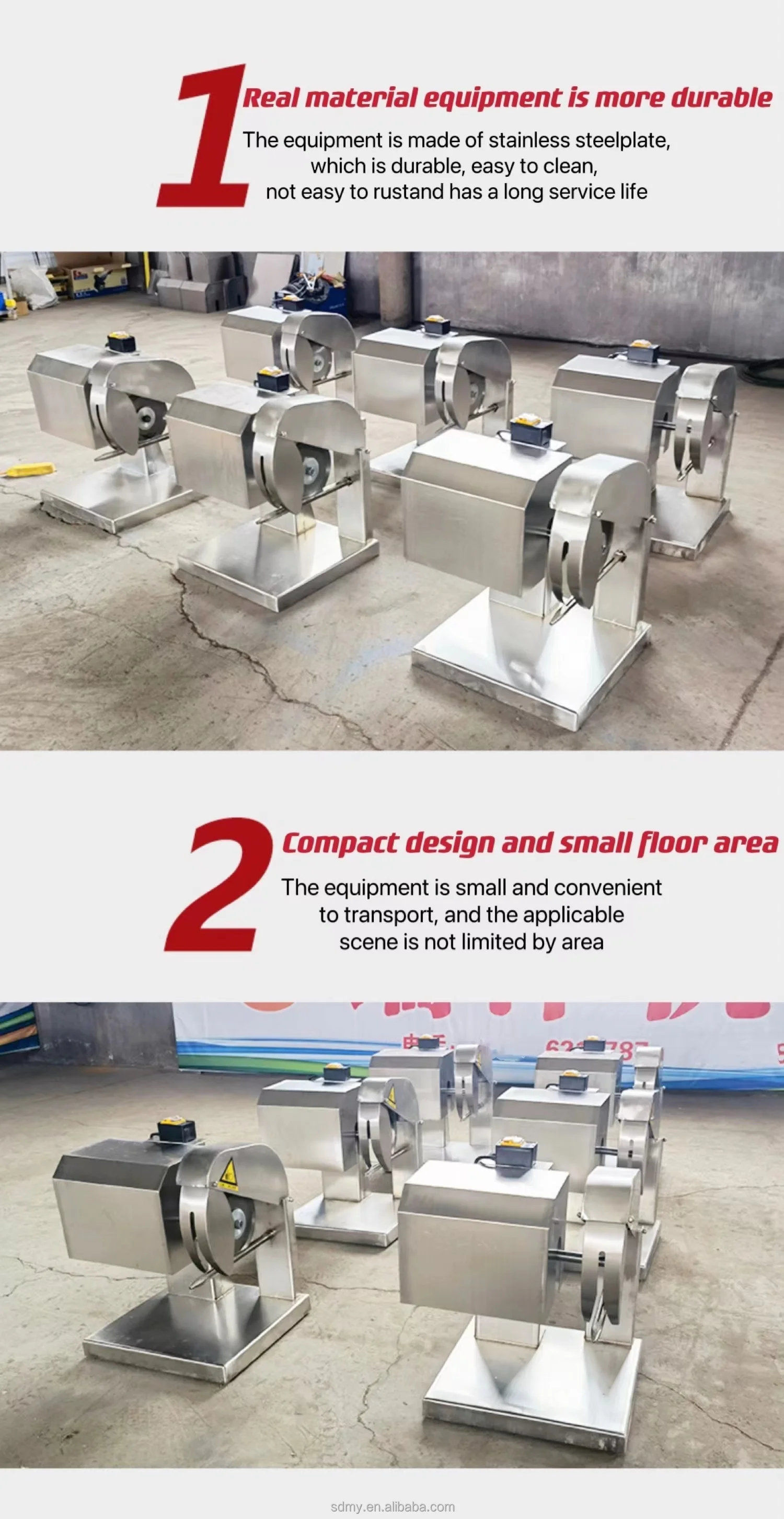Optimizing Efficiency in Cutting Machine Operations for Enhanced Productivity
دېكابىر . 25, 2024 15:43 Back to list
Optimizing Efficiency in Cutting Machine Operations for Enhanced Productivity
The Evolution of Cutting Machines Transforming Industries
Cutting machines have been a cornerstone of manufacturing and production processes for centuries. From rudimentary tools wielded by craftsmen to sophisticated automated systems, these machines have continually evolved to meet the ever-increasing demands of precision, efficiency, and productivity across various industries.
At the heart of cutting machine technology lies the basic principle of applying force to separate materials into desired shapes or sizes. Traditionally, manual cutting tools like saws, chisels, and knives dominated the scene. However, as industrialization took hold in the 19th century, the need for more efficient and consistent cutting methods became apparent. This demand led to the invention of powered cutting machines that utilized steam and, later, electric power to automate the process.
One of the significant advancements in cutting technology was the development of numerically controlled (NC) machines in the 1950s. These machines allowed for programmable operations, enabling manufacturers to create complex designs with remarkable precision. This was a game-changer for industries such as aerospace and automotive, which required tight tolerances and intricate components. The advent of computer numerical control (CNC) machines further revolutionized cutting practices, allowing for real-time adjustments and enhanced control over the entire cutting process.
Today, cutting machines encompass a wide range of technologies, each suited for specific materials and applications. Laser cutting has surged in popularity thanks to its ability to deliver high precision and clean edges. Utilizing focused laser beams, this method can slice through materials like metal, plastic, and wood with minimal kerf loss. Industries such as electronics, automotive, and signage heavily rely on laser cutting for their production needs.
cutting machine

Water jet cutting is another innovative technology that has gained traction in various fields. It employs high-pressure water mixed with abrasive materials to cut through a diverse array of substances, including metals, ceramics, and glass. The key advantage of water jet cutting is that it generates no heat-affected zone, preserving the integrity of the workpiece and making it ideal for delicate materials.
In recent years, advancements in robotics and artificial intelligence have further transformed cutting operations. Automated cutting systems are now capable of optimizing cutting paths, reducing waste, and enhancing overall efficiency. These technologies not only improve production rates but also allow for greater design freedom, enabling manufacturers to produce complex geometries that were previously unattainable.
As industries transition towards more sustainable practices, cutting machines are also evolving to minimize environmental impact. Techniques like plasma cutting and fiber laser cutting are becoming increasingly popular due to their lower energy consumption and reduced waste generation. Furthermore, many cutting machine manufacturers are prioritizing eco-friendly materials and processes, aligning with global sustainability goals.
Looking ahead, the future of cutting machines is poised for even greater innovation. The integration of IoT (Internet of Things) technologies will enable real-time monitoring and predictive maintenance, ensuring optimal performance and reducing downtime. Additionally, advancements in machine learning will allow cutting machines to adapt to variations in materials and improve their cutting strategies continuously.
In conclusion, cutting machines have come a long way from their humble beginnings, evolving into highly sophisticated tools that drive efficiency and precision across diverse industries. As technology continues to advance, these machines will undoubtedly play a crucial role in shaping the future of manufacturing, contributing to a more productive and sustainable industrial landscape. With their ability to innovate and adapt, cutting machines are more than just tools; they are essential partners in the journey toward industrial excellence.
-
High Performance Exhaust Fan – Efficient Ventilation Solutions for Home
NewsJun.10,2025
-
High-Quality Gestation Pen for Sows Durable Mobile Pig Pen & Simple Pig Pen Solutions
NewsJun.10,2025
-
High Quality Rabbit Cage Double Tier Designs & Welded Wire Mesh Supplier
NewsJun.10,2025
-
Floating Fish Feed Machine - High Efficiency Floating Fish Feed Extruder for Small Scale Production
NewsJun.10,2025
-
Premium Poultry Housing Solutions Mobile & Commercial Free Range Options
NewsJun.10,2025
-
Industrial FRP Fans Corrosion-Resistant Blades & Centrifugal Systems
NewsJun.09,2025






